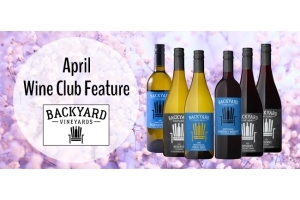Wine 101: Chile Edition

Yes, I know — this site is called My Wine Canada. But as I looked at my calendar — which includes a week-long trip to Chile starting this coming Sunday — I couldn't help but think about that Southern Hemisphere wine region.
Chile is an anomaly in the wine world for a few reasons. First of all, there’s the geography: the country is around 4,300 kilometres long — think the distance from Churchill, Manitoba to Mexico City — but only about 350 kilometres wide at its widest point.
Chile is bordered on every side by natural barriers which have kept the country from being affected by the dreaded phylloxera bug. To the north, the Atacama Desert serves as a natural barrier (although, this year it has been devastated by rains and extreme flooding). The country also has the Pacific Ocean bordering to the west, the Patagonian Ice Fields to the south and the Andes Mountains to the east.
So while the dreaded phylloxera bug swept across most wine-producing regions and resulted in vitis vinifera vines being grafted onto vitis labrusca vines, many of the vines in Chile have been protected from the dreaded bug.
While Chile makes some fantastic white wines, it’s their reds which have attracted the world’s attention. Many of their most popular red wines are made from the Carmenère grape, which was long thought to be Merlot until DNA testing revealed many of the vines were in fact the later-ripening Carmenère. As wineries became aware of this misstep, many began relabeling wines as Carmenère rather than pulling the vines out of the ground.
Chile has done a very good job of distinguishing between their wine-producing regions and discovering what they grow best based on their location. As a north-south region, the Okanagan Valley has plenty to learn from Chile in their quest to produce the best wines possible from their specific regions.
Ben MacPhee-Sigurdson is the wine columnist and literary editor for the Winnipeg Free Press. He’s on Twitter and Instagram at @bensigurdson.





